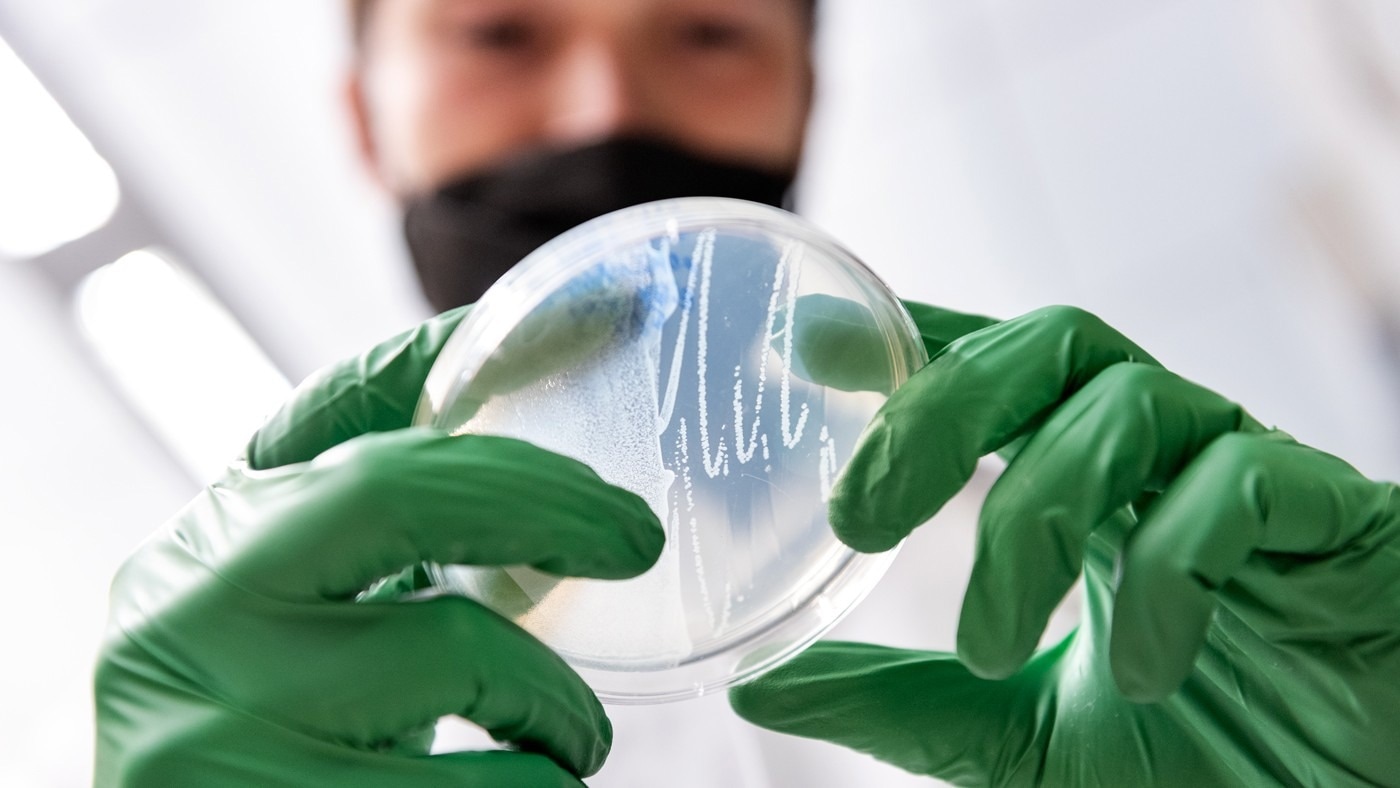If you want to keep track of someone’s activities for a day, contact them every 10 minutes and inquire what they are up to. It would be simpler, though, to equip them with a journal in which to record their own acts. To study how cells evolve over time, scientists often use an approach similar to the first; they choose cells from a population at certain time periods and obtain a snapshot of their genetic activity.
 Researchers at Gladstone developed a biological device, named a Retro-Cascorder that logs a cell’s genetic activity for days at a time by recording data within strands of DNA. Image Credit: Gladstone Institutes
Researchers at Gladstone developed a biological device, named a Retro-Cascorder that logs a cell’s genetic activity for days at a time by recording data within strands of DNA. Image Credit: Gladstone Institutes
Gladstone Institutes’ researchers have devised a tool that acts more like a notebook or receipt book, logging a cell’s genetic activity for days at a time. The biological gadget, known as a Retro-Cascorder, captures data inside DNA strands, which can subsequently be analyzed at any moment to provide a cell’s activity log.
This new way of collecting molecular data gives us an unprecedented window into cells. In addition to providing a new tool for basic research, it lets us engineer cells to be living biosensors that can record changes to their environment.”
Seth Shipman, PhD, Study Senior Author and Assistant Investigator, Gladstone Institutes
This new study was published in the journal Nature.
A New Toolkit
While all cells in an organism have the same genome, they vary accordingly whether genes are active or inactive at any particular moment. Researchers may trace how a cell’s behavior, function, or identity evolves over time by measuring the degree to which a certain gene is switched on within it at various time periods.
Shipman and their research colleagues hoped to create a system that would continuously record every time a certain gene was activated. This would give a more detailed picture of a gene’s activity pattern. Shipman has long been engaged in the use of DNA to store data—in 2017, Shipman coded a movie into the DNA of live bacteria—so DNA was a natural medium for the cellular logbook.
“DNA is a flexible data storage medium in which you can really encode whatever you want. It’s also easy to use because it already exists within cells,” adds Shipman.
The initial stage in developing the Retro-Cascorder was to use retrons, which are bacterial components that when triggered create a particular sequence of DNA. The retron was inserted into the gene of interest by the researchers. The retron apparatus would manufacture a matching fragment of DNA with a barcode unique to that gene every time the gene was activated.
That retron acts like a receipt that tells you the gene was just turned on.”
Santi Bhattarai-Kline, Study First Author and Former Research Associate, Gladstone Institutes
The researchers then desired a molecular ledger to keep track of these receipts in chronological sequence. Scientists employed CRISPR arrays, which are lengthy repeated stretches of DNA where bacteria ordinarily duplicate pieces of genetic information needed for immunological memory in the order they get it.
Shipman’s group guaranteed that each DNA receipt created by the retron machinery was put into the CRISPR array by integrating these arrays into the same cells as the retron machinery. Researchers just needed to sequence the cell’s genome and examine the sequence of retron receipts in the array to get the information contained in the CRISPR array.
Cellular sensors
Shipman and their research colleagues altered Escherichia coli (E. coli) cells to have retrons in genes known to be triggered in the presence of particular substances to demonstrate the efficacy of their novel Retro-Cascorder. They demonstrated that a CRISPR array could precisely record the order in which these genes were switched on—and hence the order in which the researchers introduced these chemicals—over the course of 48 hours.
This kind of application is what we think our system will be most useful for in the short-term. Researchers could install multiple biosensors in a cell and use them to monitor an environment over time, from a pond or wastewater facility to the inside of the human gut.”
Santi Bhattarai-Kline, Study First Author and Former Research Associate, Gladstone Institutes
The Retro-Cascorder, in its present form, only provides researchers with the order in which genes were switched on, not the length of time that transpired between these occurrences. CRISPR arrays, on the other hand, are continually inserting small amounts of free-floating DNA within cells as part of their immunological memory function.
If researchers uncover that these DNA bits are inserted at a regular rate, they might provide a form of the molecular clock to precisely determine when each retron is integrated, and hence when each gene is triggered.
So yet, Shipman’s team has only utilized the system to watch a few genes at a time, instead of the many dozens that researchers may wish to monitor at the same time in the future. However, the team is currently working on expanding Retro-Cascorders and adapting the technology for usage in cell types other than bacteria.
“This is not a perfect system yet, but we think it’s still going to be better than existing methods, which only enable you to measure one event at a time,” Shipman concludes.
Source:
Journal reference:
Bhattarai-Kline, S., et al. (2022) Recording gene expression order in DNA by CRISPR addition of retron barcodes. Nature. doi.org/10.1038/s41586-022-04994-6.